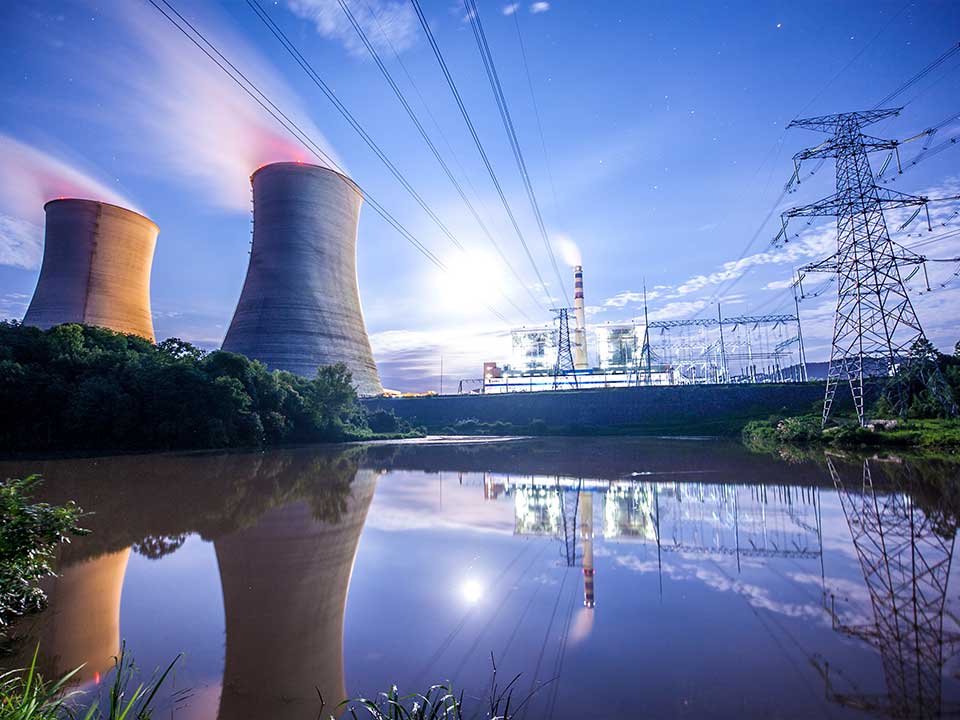
Resilient Federated Learning for Trustworthy AI
August 31, 2021
Dynamic Spectrum Access and Cohabitability Analysis
September 16, 2021
Problem
Artificial intelligence (AI) has been used to solve many complex engineering problems across diverse cyber-physical systems (CPS) such as autonomous driving, smart manufacturing, efficient production systems, and rapid diagnosis of system defects. However, it is often difficult to understand the models learned by these AI techniques from data, or to adapt them to similar problems in related domains. This project will study how existing scientific knowledge, in the form of theoretical and analytical models from physics and other disciplines, can be used to improve data driven AI-based models. Existing scientific knowledge could be used to sanity check that data-driven models agree with existing knowledge and to generate synthetic data that can be used to help guide the models toward new domains. Through deeper coupling of domain models with data-driven AI-based models, the project will provide new tools for developing safe CPS and give decision-makers assurance that an AI-based model is trustworthy and safe to operate in a range of environments under limited training data and dynamic and uncertain conditions. The project will also develop educational and recruiting capacity to train engineers from groups historically underrepresented in engineering.
Approach
This project aims to develop a set of novel techniques that use scientific knowledge to certify the effectiveness of AI-based models to meet desired performance metrics in a given operational environment. The first step is to design evaluation frameworks that use analytical models to quantify physical inconsistency exhibited by the pre-trained AI models prior to using them in new operational environments. Models with low physical inconsistency can be used without any change. Models with higher physical inconsistency will either be fine-tuned with transfer learning-style approaches that use small amounts of data obtained from the new operational environment, or entirely retrained using the physics-based analytical models to generate synthetic data relevant to the new environment. These methods will be validated using a case study of predicting traffic flows and capacity in partnership with the Tennessee Department of Transportation. Together, the research activities will provide valuable tools to understand the behavior of complex CPS from the point of view of both data and physical properties.
Funding
National Science Foundation

